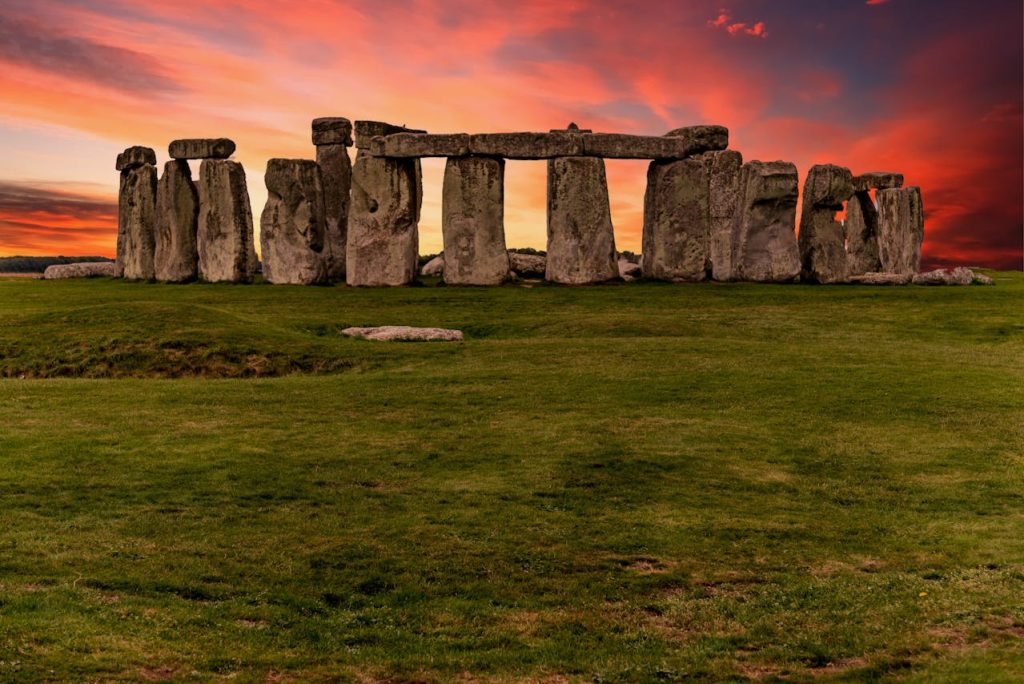Table of Contents
Neolithic Art: A Window into Early Human Civilization
What is Neolithic art? The Neolithic period, or New Stone Age, marks one of the most transformative epochs in human history. Spanning roughly from 10,000 BCE to 2000 BCE, this era witnessed humanity’s transition from nomadic hunter-gatherer lifestyles to settled agricultural societies. Accompanying these monumental changes was the evolution of art, which became not only a means of expression but also a vital element in social, religious, and cultural life. Neolithic art provides us with a profound understanding of early human cognition, creativity, and societal organization.

Photo by Pexels
Contextual Framework of Neolithic Art
Art in the Neolithic era did not exist in isolation but was deeply embedded in the emerging social structures and daily lives of the people. The agricultural revolution, characterized by the domestication of plants and animals, led to the establishment of permanent settlements. This newfound stability allowed humans to invest more energy in creating art and architecture, shifting focus from mere survival to expressing identity, spirituality, and communal values.
Neolithic art is primarily functional and symbolic, reflecting the dual needs to serve utilitarian purposes and to fulfill ritualistic or ceremonial roles. This duality is evident in the architecture, pottery, sculptures, and petroglyphs of the period, each offering unique insights into the human psyche and society of the time.
Key Features of Neolithic Art
- Architecture: Monuments of Unity and Belief One of the most striking features of Neolithic art is monumental architecture, often associated with ritualistic or communal purposes. Structures such as Stonehenge in England, Göbekli Tepe in modern-day Turkey, and Newgrange in Ireland stand as enduring testaments to Neolithic ingenuity and societal organization.
- Stonehenge is a prime example of megalithic art, combining precise astronomical alignments with an imposing aesthetic that suggests deep spiritual or calendrical significance. Its construction implies a collective effort, showcasing the importance of shared beliefs and cooperation.
- Göbekli Tepe, dated to around 9600 BCE, features intricately carved stone pillars adorned with animal reliefs. These carvings indicate a symbolic understanding of the natural world and suggest the site was a place of ritual long before permanent agricultural settlements.
- Pottery: Aesthetic and Functional Advancements Pottery emerged as a crucial craft during the Neolithic era, reflecting the transition to settled lifestyles. The vessels were often intricately decorated with geometric patterns, spirals, and motifs that carried cultural or spiritual significance.
- The Linear Pottery Culture in Central Europe is known for its distinctive incised decorations, which were likely used to signify ownership, clan identity, or ceremonial importance.
- In the Yangshao culture of ancient China, pottery was painted with intricate designs of fish and animals, symbolizing the deep connection between human communities and their environment.
- Sculptures and Figurines: Symbols of Fertility and Spirituality Neolithic societies produced numerous small sculptures and figurines, often representing humans or animals. These objects likely held religious or symbolic significance.
- The Venus figurines, although originating in the Upper Paleolithic, continued to inspire Neolithic representations of fertility. These statues emphasize exaggerated reproductive features, symbolizing abundance and the continuation of life.
- Animal sculptures, such as clay models of oxen or sheep, often reflected the domestication of animals and their integral role in Neolithic economies.
- Petroglyphs and Rock Art: Narratives of Daily Life Neolithic petroglyphs and rock carvings reveal a glimpse into the lives, beliefs, and environments of early humans. These images often depict hunting scenes, animals, and abstract patterns.
- In the Val Camonica region of Italy, thousands of carvings portray scenes of agriculture, hunting, and rituals, chronicling the societal changes of the era.
- Rock art in the Sahara, such as the Tassili n’Ajjer paintings, showcases vibrant depictions of humans, animals, and even religious ceremonies, suggesting a complex and interconnected worldview.
Symbolism and Spirituality in Neolithic Art
The spiritual and symbolic dimensions of Neolithic art are profound. The motifs often reflect humanity’s attempt to understand and influence their world through rituals and symbolic representations. Patterns such as spirals and concentric circles, frequently found on pottery and carvings, are believed to symbolize cycles of life, death, and rebirth. Similarly, depictions of animals and fertility figures highlight humanity’s dependence on nature and their reverence for its power.
Furthermore, many Neolithic sites align with celestial phenomena, such as solstices and equinoxes, underscoring a growing awareness of astronomy and its integration into religious practices. These alignments suggest that Neolithic art was not only decorative but also instrumental in structuring time and social rituals.
The Legacy of Neolithic Art
Neolithic art laid the foundation for later artistic and architectural achievements. It represents the dawn of a more structured, symbolic way of thinking, which would later influence the development of writing, religion, and governance. The techniques and motifs of Neolithic artisans resonate in the art of succeeding civilizations, making it a cornerstone of humanity’s cultural heritage.
Conclusion
Neolithic art is a testament to the creativity, intelligence, and spirituality of early humans. It bridges the gap between the primal instincts of survival and the profound expression of thought and belief. By examining the art of this era, we gain valuable insights into the birth of civilization, the development of human societies, and the enduring need for artistic expression. The beauty, complexity, and functionality of Neolithic art remind us of our shared heritage and the indomitable spirit of innovation that defines humanity.


No responses yet